A New Miami Heat Theme: Master Adjusters
The Miami Heat took down the Utah Jazz on Saturday night to improve to 7-2, while clearly embodying plenty of their identities.
For one, the number one theme of this Heat squad that comes to mind is toughness. Plainly through defensive grittiness, in the mud offensive nights, and fun skirmishes like the one between Kyle Lowry and Jordan Clarkson as Jimmy Butler and Markieff Morris slowly lurked as back-up.
As much as that theme will continue to take the cake, another primary theme seems to be rising up the charts. And although a lot of players on this team can fall under this category, it begins with the head of the snake, Erik Spoelstra.
The phrase “master adjuster” is one that I’ve used to describe Coach Spo in the past, specifically in a playoff series. You may think that he’s already played all of his cards, but before you know it, he throws a 2-3 zone at you and it shifts an entire series.
But the interesting thing about having options and weapons on a roster, is that you don’t have to necessarily hold everything for the post-season. You can have some creative fun in the regular season as well.
And yet, Erik Spoelstra is the reason Miami beat Utah on Saturday night…
How did Miami beat the Utah Jazz? Start with Erik Spoelstra…
Early in this game, and much of this season, we’re seeing Miami switch more than ever, but the players on the roster are clearly much more built for this defensive scheme. Guys can cover up in other positions really well, and they will just fully commit to a double if necessary. Hence, more threes are given up.
To that point, guys like Rudy Gobert were finding Kyle Lowry and Duncan Robinson on them constantly. And while it may not be Gobert exactly punishing them, it’s what quickly follows.
Jimmy Butler drops down, Gobert kicks, the Jazz swing, and an open three is found. Luckily for Miami, they weren’t dropping for the Jazz once again, but there were some stretches where they found themselves getting right back in the game, leading to a close halftime score.
So, what is the adjustment from there?
Coming into the third quarter, Spoelstra switched the Mike Conley assignment from Lowry to PJ Tucker, which may sound a little odd when you put it that way.
The reasoning behind it: the Jazz run a ton of 1-5 pick and rolls with Conley and Gobert, meaning when they go to that in the second half, Tucker can smoothly switch onto Gobert, as Bam Adebayo skips up the perimeter onto Conley.
In many ways, no mismatches are found.
Yes, you may say that the 7’1 Gobert is a mismatch for the 6’5 Tucker, but it’s no easy task to either score or rebound on him on the block. He may not have the length that can alter a shot, but he has the width.
Looking at all of the clips above, you can see the simple, yet major, adjustment in the second half. And that led to the Jazz scoring 2 points in that 3 minute stretch to start the quarter. All due to an assignment change.
I asked Erik Spoelstra after the game about starting the second half with PJ Tucker on Mike Conley
That move allowed PJ to find himself on Gobert every possession following the switch
Here’s what Spo had to say: pic.twitter.com/Cx392svSAb
— Brady Hawk (@BradyHawk305) November 7, 2021
Spoelstra clearly has more offensive weapons, but he has extra defensive options as well. Last season, he couldn’t really move guys around in this way, but this is just a brand new team.
The master adjusters.
Tyler Herro dictating opposing defenses, instead of defenses dictating his shot profile
Since we’re on the topic of making adjustments, that is what Tyler Herro has done this season.
Not just because he’s putting up crazy points in the scoring column. Not just because there was a shift in his role. But instead because he’s forcing adjustments in how he’s choosing to score.
What I mean by that is Herro has always been a very comfortable scorer against drop coverage, as he’s continually said it himself after games. The previous reasoning behind that was it was much more simple for him.
Get the ball at the top of the key, wait for the screen, hit the elbow, and pull.
Now, that isn’t the case anymore with the increasing eyes on him on a daily basis. Drop coverage doesn’t just equate to an open elbow pull-up, but it’s also a much different way of reading your on-ball defender.
And that’s the adjustment Herro has made.
He isn’t waiting to see the big drop, then say “oh, I’m gonna hit *that* spot all game.” Now it’s him doing what he chooses, and forcing the defense to adjust to him.
Looking at the first two clips above, we see two possessions where his on-ball defender goes under the screen, almost indecisive on what to do next. And while his mid-range mastering is still the case, that was an indication all night to let that ball go when they fly under.
And yet, that three-ball was falling.
Loading...
Now, let’s move on to the second two clips, where we see the exact opposite. Defenders are flying way over the top of screens, and he immediately realizes it. He doesn’t run full speed to get away from the defender that’s out of the play. He just calmly dribbles as Bam slots into his spot on the roll, and an easy bucket comes out of it.
Or, as seen in the final clip, he can do what he does best and operate downhill with a ton of space against a big in that deep drop. Easy floater comes out of it, and an easy takeaway comes out of it.
These reads Herro is making as a scorer are brand new. Like I said, defenses aren’t dictating his shot profile, he’s dictating the defense.
Tyler Herro picking how to score, while Kyle Lowry picking when to score
Herro’s adjustment has been picking how to score against certain coverages, but Kyle Lowry continues to make the slow shift into when to score. And clearly, nobody was ever worried about that.
We know what Lowry is at this stage, and play-making and defense are going to come first. But don’t let that discredit his scoring ability, since even though it wasn’t dropping early in the season, it is now.
Taking a scan through some of his buckets from his 20 point triple-double masterpiece, the thing to focus on is the scoreboard. Why is that? Well, it continually felt like his points came when they were needed most.
Either following a Jazz scoring run or during a rough offensive possession, he always comes through.
If there’s one thing that truly sticks out about Lowry as a scorer, it’s that he picks those moments better than most players in this league. He can just sense when the guys around him are leaning on him to pull through, and that’s when he will let that ball go.
And combining these past two points, it’s what makes the Lowry-Herro minutes so interesting. These adjustments allow them to pick their offensive moments without stepping on each others toes, which is intriguing for a new combo that has no previous relationship.
When I asked Lowry after the game if Herro’s scoring is still “surprising” to him, he responded, “No, it’s not. He’s playing extremely well, and we’re going to continue to need this. He got hot, he hit 6 threes. He’s just gotta continue to keep going, and I think we’re giving him the confidence to be him. And he’s gonna keep getting better and better throughout the season.”
I asked Kyle Lowry after the game if Tyler Herro’s scoring explosions are still “surprising,” after he said Tyler surprised him early in the season
His response: “No, it’s not.”
Here’s what he said:@5ReasonsSports pic.twitter.com/kWbU899D3h
— Brady Hawk (@BradyHawk305) November 7, 2021
The next adjustment on the drawing board is going to come way down the line, but it’s the question marks next to the eventual return of Victor Oladipo. A potential Herro-Dipo back-court can be in store, and I’m not talking about a starting lineup.
Obviously there’s still so much to work out in terms of timetable and overall ability once he returns, but either way, they don’t need a ton from him. Some defensive pressure, an extra initiator, and a guy to take some pressure off Herro.
And per usual, Coach Spo will be ready to tackle that next rotational adjustment.
Everything Tradeshows is a one-stop-shop for trade show exhibit rentals and custom exhibit display purchase solutions to companies of all sizes.
Visit them at EverythingTradeShows or call 954-791-8882
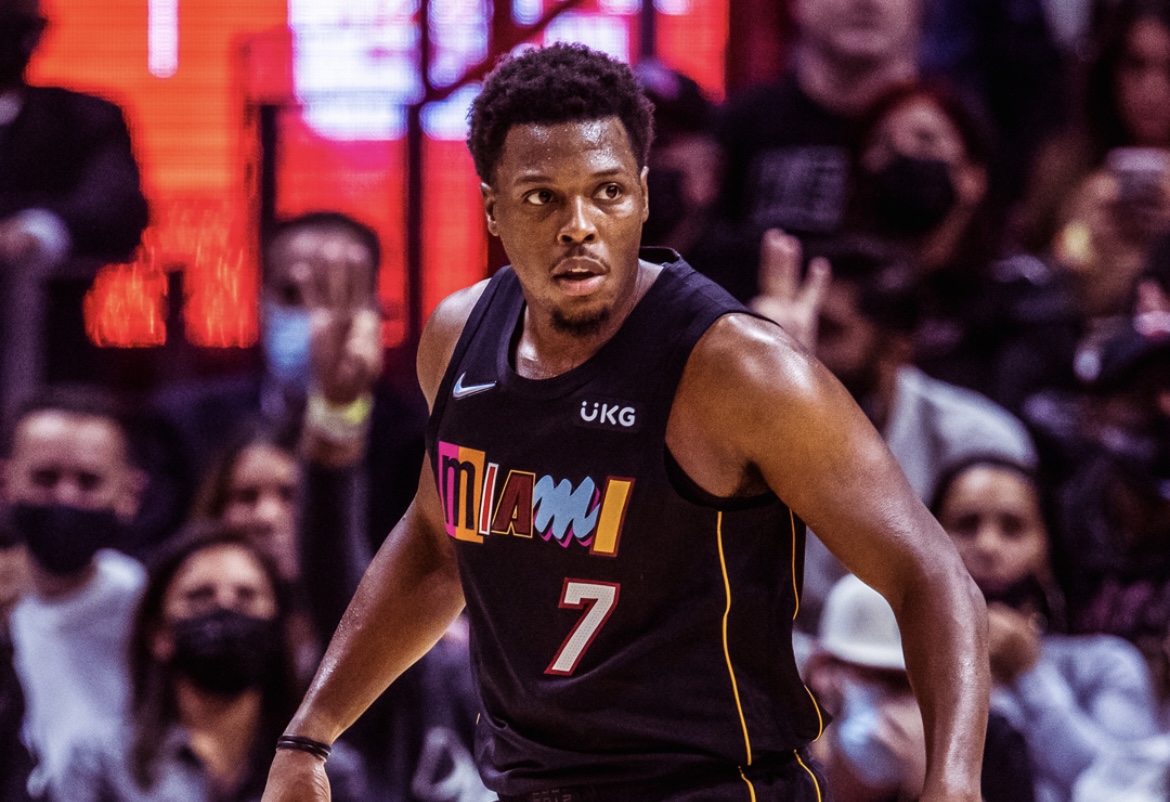
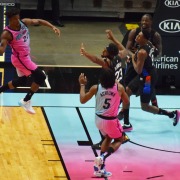

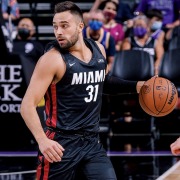
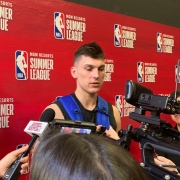
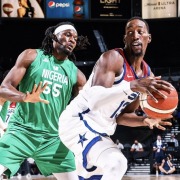
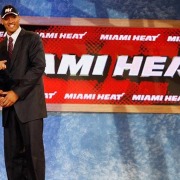


Leave a Reply
Want to join the discussion?Feel free to contribute!